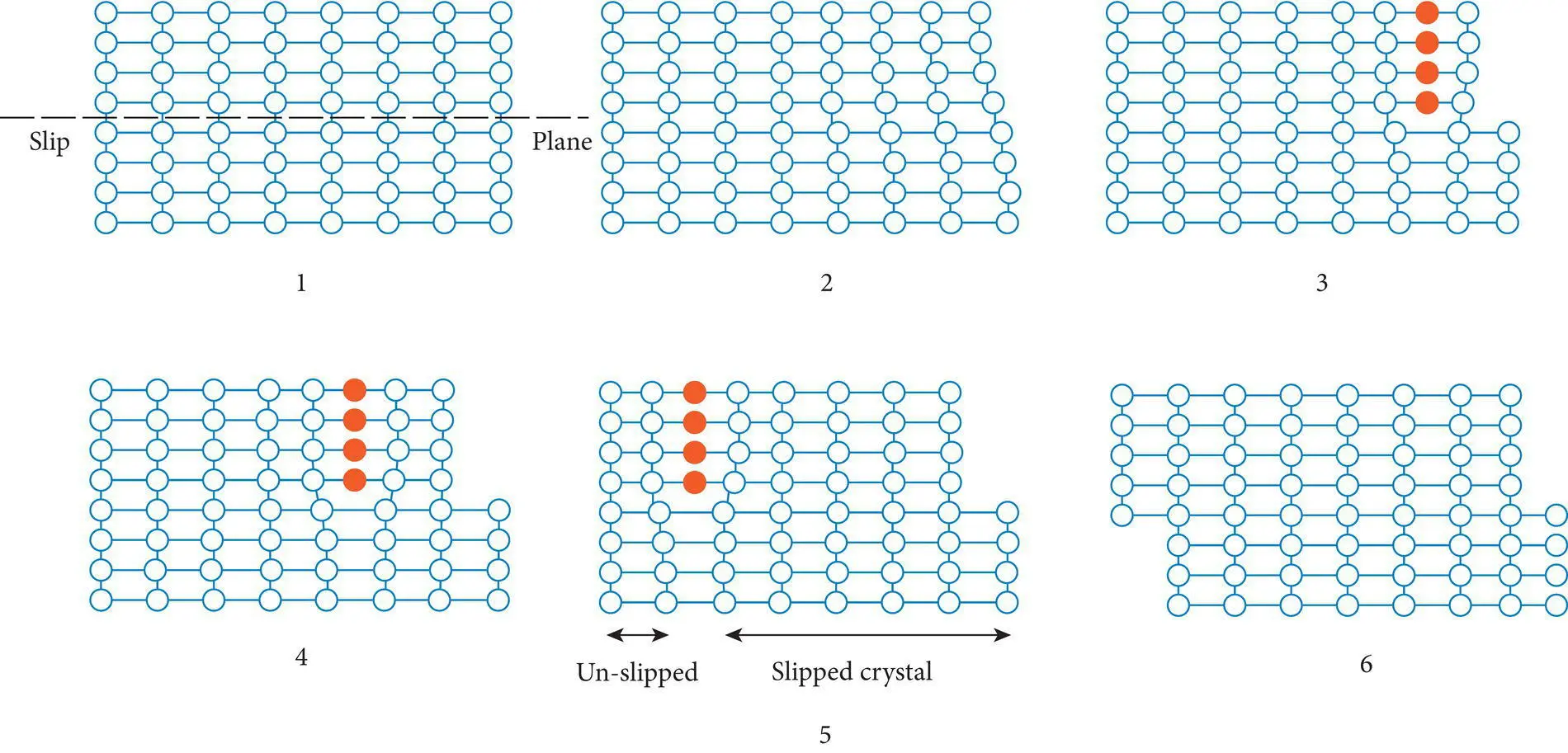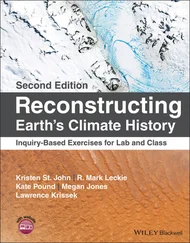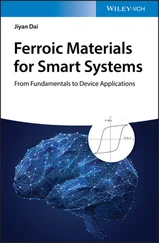John O'Brien - Earth Materials
Здесь есть возможность читать онлайн «John O'Brien - Earth Materials» — ознакомительный отрывок электронной книги совершенно бесплатно, а после прочтения отрывка купить полную версию. В некоторых случаях можно слушать аудио, скачать через торрент в формате fb2 и присутствует краткое содержание. Жанр: unrecognised, на английском языке. Описание произведения, (предисловие) а так же отзывы посетителей доступны на портале библиотеки ЛибКат.
- Название:Earth Materials
- Автор:
- Жанр:
- Год:неизвестен
- ISBN:нет данных
- Рейтинг книги:5 / 5. Голосов: 1
-
Избранное:Добавить в избранное
- Отзывы:
-
Ваша оценка:
- 100
- 1
- 2
- 3
- 4
- 5
Earth Materials: краткое содержание, описание и аннотация
Предлагаем к чтению аннотацию, описание, краткое содержание или предисловие (зависит от того, что написал сам автор книги «Earth Materials»). Если вы не нашли необходимую информацию о книге — напишите в комментариях, мы постараемся отыскать её.
Earth Materials,
Earth Materials,
Earth Materials — читать онлайн ознакомительный отрывок
Ниже представлен текст книги, разбитый по страницам. Система сохранения места последней прочитанной страницы, позволяет с удобством читать онлайн бесплатно книгу «Earth Materials», без необходимости каждый раз заново искать на чём Вы остановились. Поставьте закладку, и сможете в любой момент перейти на страницу, на которой закончили чтение.
Интервал:
Закладка:

Figure 4.34 Two‐dimensional depiction of how an edge dislocation created by slip due to shear can migrate through a crystal by breaking one bond at a time, so that no fractures develop as the crystal changes shape during deformation (steps 1–6).
Source : Adapted from Hobbs et al. (1976). © John Wiley & Sons.

Figure 4.35 Three types of planar defect (shown in two dimensions): (a) intergranular grain boundary between two different crystals; (b) intragranular mechanical twin boundary resulting from mechanical slip; (c) intragranular subgrain boundary within a crystal, separated by a wall of dislocations. Imagine each extending in a second dimension perpendicular to the page and note how (b) and (c) accommodate changes in crystal shape.
4.8.3 Planar defects
Planar defects( Figure 4.35) extend in two dimensions and are therefore two‐dimensional defects. They are places within a crystal where the crystal structure changes across a distinct planar boundary. Examples include: (1) the boundaries between exsolution lamellae, for example between albite and potassium feldspar in perthites; (2) the subgrain boundaries between twins in twinned crystals; (3) the subgrain boundaries within crystals between out‐of‐phase crystal structures generated during ordering transformations; (4) grain boundaries between different crystals; and (5) extra atomic planes or missing planes called stacking faults.
Point defects, line defects, and planar defects are critically important in the study of deformed rocks, particularly in the elastic and plastic deformation processes discussed in Chapter 16( Box 4.2).
Box 4.2Defects and plastic deformation in crystals
You may recall from earlier courses in which folds, faults, and metamorphic foliations were discussed that when stresses are applied to rocks, they experience changes in shape and/or volume. These changes in shape and/or volume that occur in response to stress are called strains. They are analogous to the strains that occur in bones and muscles when they change shape in response to stress. Non‐elastic strains are subdivided into those in which rocks break along fractures such as faults or joints and those in which shape changes are accomplished without macroscopic fracturing. Irreversible strains that involve visible fracturing are called rupture; those that do not are called plastic strains and accommodate plastic deformation. Rupture is favored by rapid strain rates (think how fast the bone changes shape as it fractures), low confining pressures, and low temperatures. On the other hand, plastic strain is favored by very low strain rates, high confining pressures, and high temperatures ( Figure B4.2a). Under such conditions, deep below the surface, rocks respond very slowly to stress in a manner more like Playdough® or modeling clay than like the rigid rocks we see at Earth's surface. How can rocks undergo significant strain without rupturing? A major key lies in the large number of defects that the minerals in rocks contain.
Plastic deformation at high temperatures and low strain rates largely results from two significant types of diffusion creep ( Figure B4.2a) that are dependent on the existence of omission defects in minerals: (1) Coble (grain boundary diffusion) creep, and (2) Herring–Nabarro (volume diffusion) creep. Elevated temperatures are associated with elevated molecular vibration in an expanded crystal lattice. Such vibrations lower bond strength and increase the number of omission defects (also called holes or vacancies) in the crystal structure. As holes are created, adjacent atoms can migrate into the vacancy by breaking only one weak bond a time. The movement of the ions in one direction causes the holes or vacancies to migrate in the opposite direction ( Figure B4.2b).
Under conditions of differential stress, ions tend to be forced toward the direction of least compressive stress (σ 3), which tends to lengthen the crystal in that direction. Simultaneously, holes tend to migrate toward the direction of maximum compressive stress (σ 1) until they reach the surface of the crystal where they disappear, causing the crystal to shorten in this direction ( Figure B4.2b). In Coble creep, the vacancies and ions migrate near grain boundaries to achieve the strain, whereas in Herring–Nabarro creep, the vacancies and ions migrate through the interior of the crystals. Since thousands of omission defects are created over long periods of time, even in small crystals, the long‐term summative effects of plastic strain as each crystal changes shape by diffusion creep can be very large indeed.
At higher strain rates related to higher differential stresses, dislocation creep processes become dominant ( Figure B4.1). In these environments edge dislocations and screw dislocations migrate through the crystal structure, once again breaking only one bond at a time, while producing plastic changes in shape. Because such dislocations result from strain, large numbers are produced in response to stress, and their migration accommodates large amounts of plastic strain. Imagining the summative plastic changes in shape that can be accomplished by the migration of thousands of diffusing vacancies and/or migrating dislocations in a small crystal or l0 20dislocations migrating through the many crystals in a large mass of rock offers insight into the power of crystal defects to accommodate plastic deformation on scales that range from microcrystals to regionally metamorphosed mountain ranges.

Figure B4.2 (a) Deformation map showing the significant role of omission defects and dislocations in the high temperature plastic deformation of crystals.
Source : Modified from Davis et al. (1996). © John Wiley & Sons.
(b) Diagrams showing how the existence of omission defects permits adjacent ions to move into their former locations, effectively causing the omission or hole to migrate in one direction as the ions migrate in the other. The flux of atoms (blue arrows) toward regions of least compressive stress (σ 3) and of vacancies (black arrows) toward areas of maximum compressive stress (σ 1) cause crystals to change shape.
4.9 POLYMORPHS AND PSUEDOMORPHS
4.9.1 Polymorphs
As noted earlier ( Chapters 1and 3), different minerals can have the same chemical composition, but different crystal structures. This ability for a specific chemical composition to occur in multiple minerals, each with a different crystal structure is called polymorphism. The resulting minerals are called polymorphs. In most cases, the crystal structure or form taken by the mineral is strongly influenced by the environment in which it forms. Polymorphs therefore record important information concerning the environments that produced them. Many polymorphs belong to very common and/or economically significant mineral groups, such as the examples summarized in Table 4.13.
The polymorphs of carbon can be used to illustrate how environmental conditions during growth determine which crystal structure a chemical compound possesses. Figure 4.36is a phase stability diagram for systems composed of pure carbon. This phase stability diagram clearly indicates that diamond is the high pressure polymorph of carbon, whereas graphite is the low pressure polymorph. If we add geotherms, lines showing the average temperature of Earth at any depth, to this diagram, we can infer that diamonds are the stable polymorph of carbon at pressures of more than 3.5 GPa, corresponding to depths of more than 100 km below the surface whereas graphite is the stable polymorph of carbon at all shallower depths. Inferences must be tempered by the fact that Earth's interior is not pure carbon and temperature distributions with depth are not constant. Nonetheless, it is widely believed that most natural diamonds originate at high pressures far below the surface of old continental shields in which they most commonly occur. If graphite is the stable polymorph of carbon at low pressures, why do diamonds occur in deposits at Earth's surface where pressures are low? Obviously, as diamonds rise toward Earth's surface into regions of substantially lower pressure, something keeps the carbon atoms from rearranging into the graphite structure. What keeps the transformation from unstable diamond to stable graphite from occurring?
Читать дальшеИнтервал:
Закладка:
Похожие книги на «Earth Materials»
Представляем Вашему вниманию похожие книги на «Earth Materials» списком для выбора. Мы отобрали схожую по названию и смыслу литературу в надежде предоставить читателям больше вариантов отыскать новые, интересные, ещё непрочитанные произведения.
Обсуждение, отзывы о книге «Earth Materials» и просто собственные мнения читателей. Оставьте ваши комментарии, напишите, что Вы думаете о произведении, его смысле или главных героях. Укажите что конкретно понравилось, а что нет, и почему Вы так считаете.












